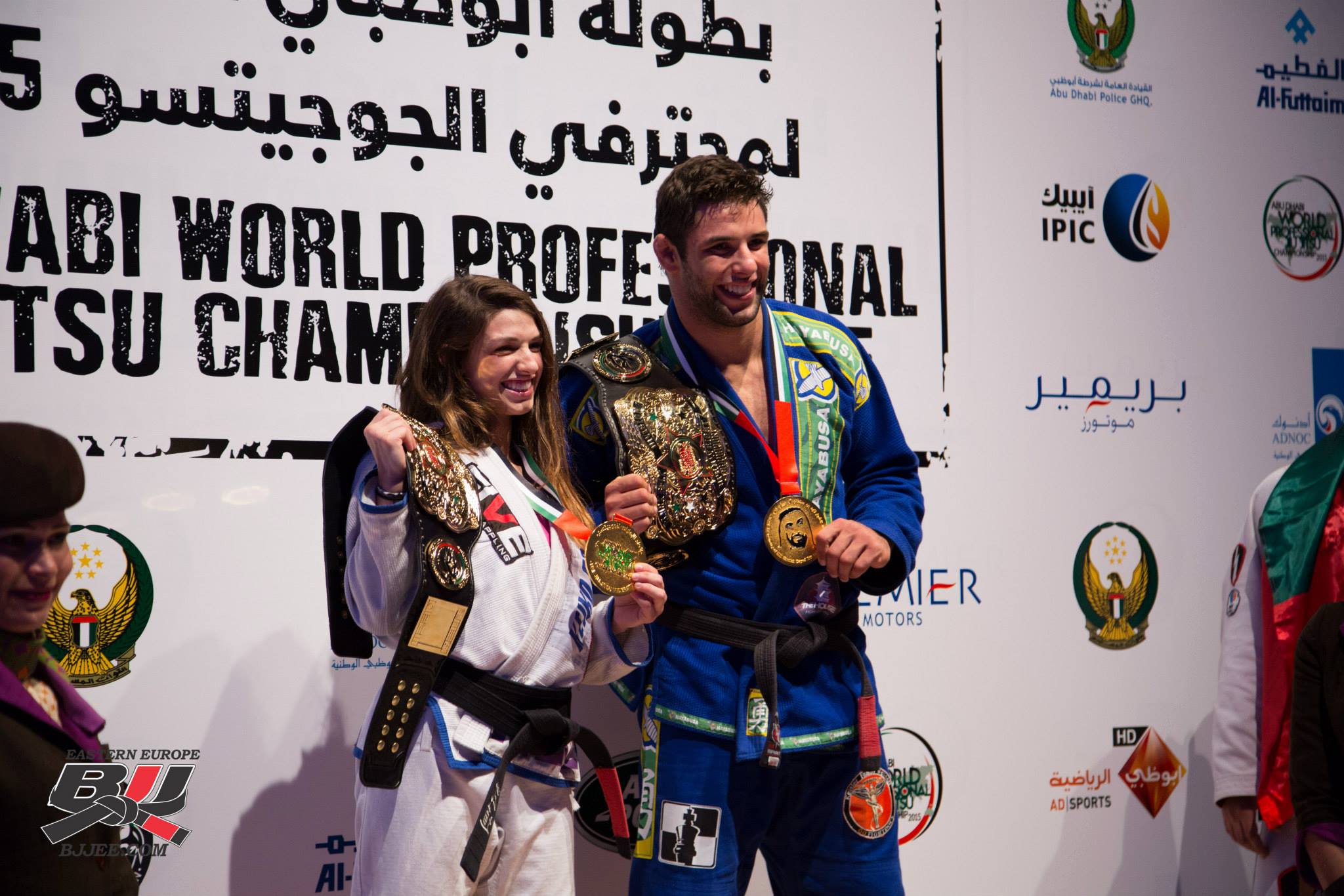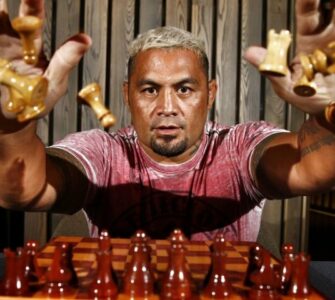Written By Guillaume Huni, BJJ black belt and head instructor of Kimura Academy in Serbia, and editor of BJJEE.com.
I’ve decided to write this article to look at the path that Jiu-jitsu is taking, specifically professional Jiu-Jitsu in the next 5-10 years. In order to do this, I have been looking at trends, and information that I have received in my work over the years as a BJJ journalist and receiving first hand information from industry leaders.
You often hear that there is very little money to made in Jiu-Jitsu and that is why our elite athletes are moving to MMA. The recent decisions of Jiu-Jitsu world champions Marcus Buchecha, Rodolfo Vieira and Mackenzie Dern to transition to MMA while they are at the peak of their BJJ career is more proof of this. Professional Jiu-Jitsu and the ability to earn good prize money, should be reserved for the elite grapplers, not the amateurs that sign up to compete in various competitions.
Quick background of Professional Jiu-Jitsu:
What we now call Brazilian Jiu-Jitsu has come a long way since Geo Omori opened the first jujutsu / judo school in Brazil in 1909. In 1996, the first ever Mundial (World championship organised by CBJJF/IBJJF) was held in Rio de Janeiro. There were no cash prizes given to the winners, just the prestige of a world title. In 2007, the Mundial moved to California to hit a bigger world audience but there were still no cash prizes for world champions.
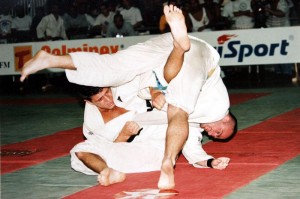
1996 Mundial
In 2009, a new world tournament emerged , the World Professional Jiu-Jitsu Cup (UAEJJF), supported personally by Sheikh Mohamed Bin Zayed Al Nahyan of Abu Dhabi. The inaugural 2009 tournament had the prize purse of US$111,000. This amount was increased further to US$150,000 in 2010. In 2015, the total prize money was around US$650,000. The tournament total cost is around 5 million US dollars (including national pros etc..).
In December 2012, the first step was made by IBJJF towards professional BJJ. The fact that the International Federation of BJJ (IBJJF) has for the first time ever awarded prize money for first place (5,000$) and second place winners (1,000$) during the IBJJ Pro league was a significant achievement. In 2015, there were 5 more Pro IBJJF events (NY, Santa Cruz etc..) with total prize money of 25,000$ per event for black belts. The IBJJF went one step further, introducing a ranking system where they would award 10,000$ to top ranked male & female Black Belt competitors for 2015/16 Season.
Check out the Top 10 most prestigious BJJ tournaments.
The last five years has also seen the emergence of Professional Invitational events such as Metamoris, Copa Podio, Polaris, EBI, Berkut etc…These events pay anywhere from 5,000$ to 40,000$ for grappling super fights and/or invite only tournaments.
The ADCC held every two years, offers 10,000 $ to the first prize winners of weight classes, 40,000$ for Absolute winners, and 40,000$ for the super fight winners.
Present:
The current elite athletes will never go hungry but will not be rich either. They are forced to work very hard giving seminars, producing video, online instructionals, and running schools. Most of those top 100 or so BJJ players also get sponsors, but this is not the jackpot that many will believe it is. BJJ is still not a vastly and mainstream sport yet. The average sponsor (gi, fightwear, instructional producer, sport nutrition etc) mostly contribute free products such as a large number of Gis and free clothes. Some other will pay the increasingly expensive tournament entrance fees (anywhere from 50$ to 180 $). Sponsors still do not pay nearly enough for the athlete to make a good living. This is understandable as they are not exactly selling high priced luxury products in large amounts. So they are still limited in what they can offer BJJ athletes. these are not Nike and Adidas .
Most elite competitors are then forced to either teach (run a school or a few affiliates), do seminar tours, and produce online/ video instruction.
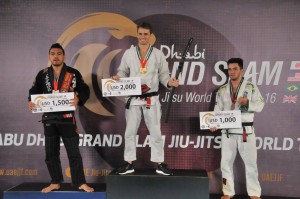
In the US at least, Most BJJ academies have a few owners and not every BJJ instructor will be well paid. The task of running an academy is a full time job which means that participating full time in the competition circuit and running an academy at the same is almost impossible. In Europe, most BJJ academy owners also have a regular job.
The Future: How will professional Jiu-Jitsu look like in 2020?
From 2009/2010 to 2015, there has been great progress in professional Jiu-Jitsu. Continuing on this progress, many great things are still to come.
What is bound to happen?
-An organised World Professional world Jiu-Jitsu circuit
This is already to take shape now and will be similar to the one that exists in sports such as Surfing or Skateboarding. This circuit will be a collaboration of the top BJJ federations and Pro Grappling Invitationals that will unite in order to make the sport grow. They will implement an organised calendar of competitions and grappling/bjj invitationals that will showcase and provide for the elite athletes.
This means that all events will be planned ahead of time and we won’t be seeing two major Pro events on the same day at the same time: Metamoris and Copa Podio for example last year.
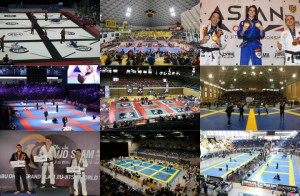
-Olympic Dream
The UAEJJF is already doing an amazing job to develop their own pro circuit. They are aiming sky high with the goal of bringing Jiu-Jitsu to the Olympic games. In 2014, Abu Dhabi’s UAEJJ Federation (Which organizes the World Pro) teamed up with The Ju-Jitsu International Federation (JJIF which is the internationally recognized federation for sports Ju Jitsu) in the goal to work towards bringing Brazilian Jiu-Jitsu to the Olympic games.
After a successful debut at the fourth Asian Beach Games, Jiu-Jitsu has gone a huge step forward by being included in the 2018 Asian Games, in Bali, Indonesia.
The Asian Games, also known as Asiad, is a Pancontinental multi-sport event held every four years among athletes from all over Asia. The Games are recognized by the International Olympic Committee (IOC) and are described as the second largest multi-sport event after the Olympic Games.
The UAEJJF’s next goal is to have Jiu-Jitsu as a demonstration sport by the 2024 Summer Olympic games.
For the Olympic dream to be realistic, there has participation from competitors from all over the world. For the 2015/2016 season, the UAEJJF are implementing 4 grand slam tournaments outside the UAE, paying out large cash prizes for each open class, and for the black belt adult male weight classes.
Grand Slams will be held in : Tokyo (already passed), Los Angeles (already passed), Rio de Janeiro (already passed) and London.
A big effort has been made in production value of these grand slams tournaments. All Grand Slam were held at prestigious venues. Apart from the grand slams, there will also be around 15 to 20 National Pro Events all around the world, for travel packages to the UAEJJF World Pro main event in April 2016 in Abu Dhabi. There is also an official ranking, giving out money to brown/black belt at the end of the year.
The UAEJJF were also able to attract big corporate sponsors such as Etihad Airways, Abu Dhabi Sports, Abu Dhabi TV and IPIC.
-Livestreaming of all major events on one platform
in 2015, FloSports, an innovative sports media company based in Austin, Texas, famous for the extremely popular FloWrestling entered the world of BJJ/Grappling with FloGrappling offering live streaming of premier events, original video programming, weekly studio shows, branded entertainment, and event creation and execution. FloGrappling is changing the game for grappling, the athletes and the fans, and their goal is to stream all major grappling events on their platform.
-TV Deal and mainstream success
The next step is a TV deal but that will take will probably take more time.
Looking at the example of Pro Skateboarding, ESPN held the first ever X-Games in the early 90’s. The event was a huge success and brought skateboarding into the mainstream.
The same could happen with Jiu-Jitsu if a world circuit is organised with attractive rules.
As the sport grows, so will sponsors and bigger companies will come in, number of BJJ practitioners, and elite athletes will start to make better money.
-Increase in prize money
I see BJJ catching up with the sport of skateboarding within the next 5 years and eventually with the sport of Surfing within 10-15 years. Top-tier professional skaters, earn at least $200,000 to $300,000 a year from contest earnings and endorsement deals with huge brands such as Nike SB and Monster Energy Drink.
As far as top ranked pro surfers incomes are concerned, while there are a few pulling down amounts close to or in excess of a million dollars per year, the majority of top 20-30 pros are earning somewhere between $250-400,000. Scarcely any pro surfer outside the WCT is earning anything like this kind of money.
Once the pros make real money, it will have an effect on the younger grapplers who will realise that you don’y have to become a computer programer, lawyer or transition to MMA to make money.
If BJJ/grappling brands can do what skateboarding and surf did and reach the masses that don’t train (like MMA has done), it will have a direct effect on competitor prize money. Skateboarding companies such as Hurley, Vans, and RVCA are all making millions off the ‘Skateboarding lifestyle’, so why not the ‘Jiu-Jitsu lifestyle’.
All in all Jiu-Jitsu is going the right way, it just needs to organise better and take care of the pro athletes to make the sport grow.

